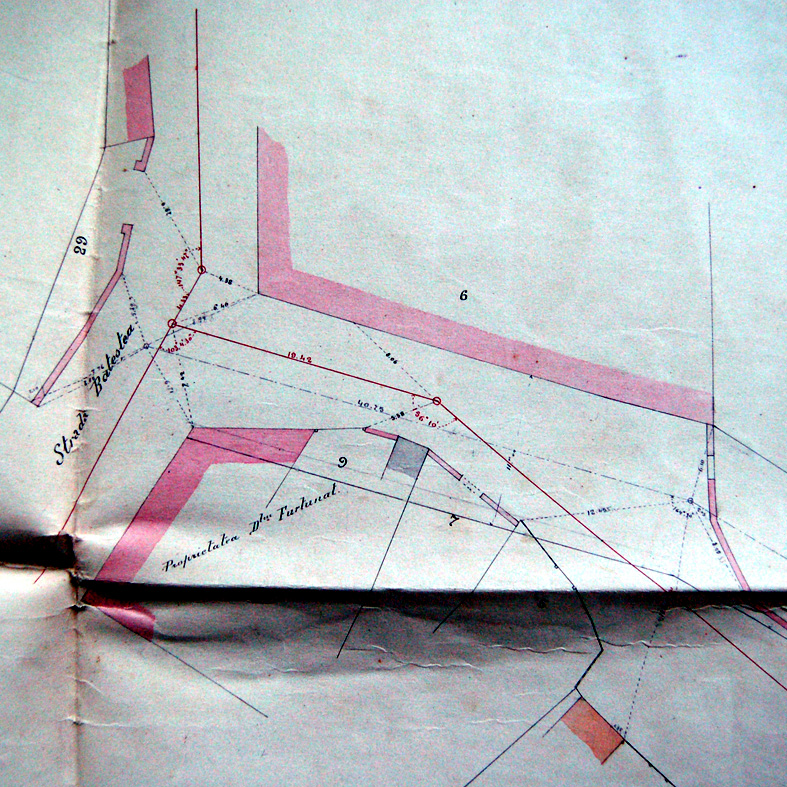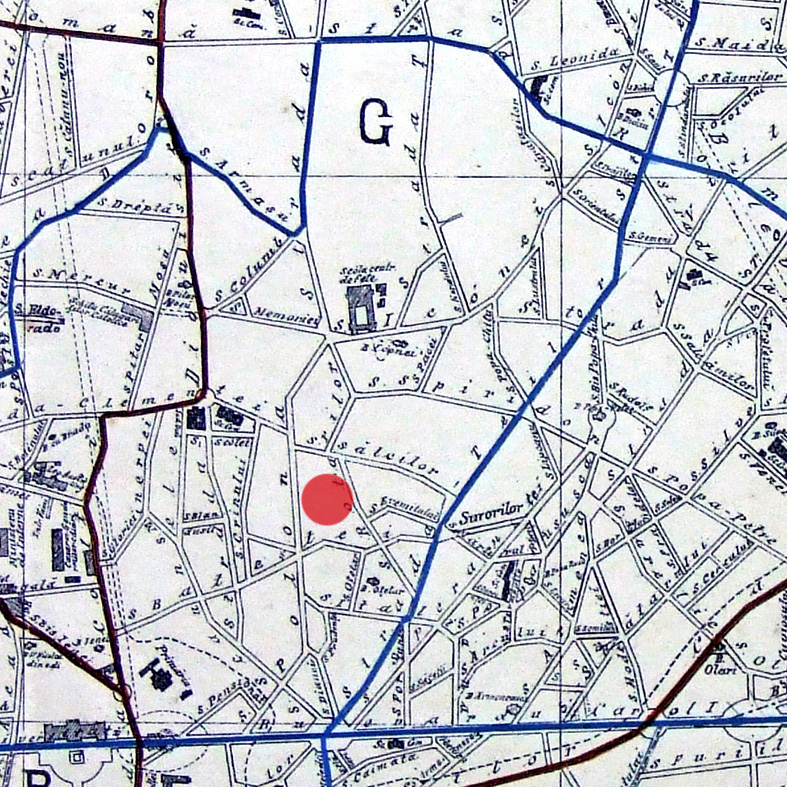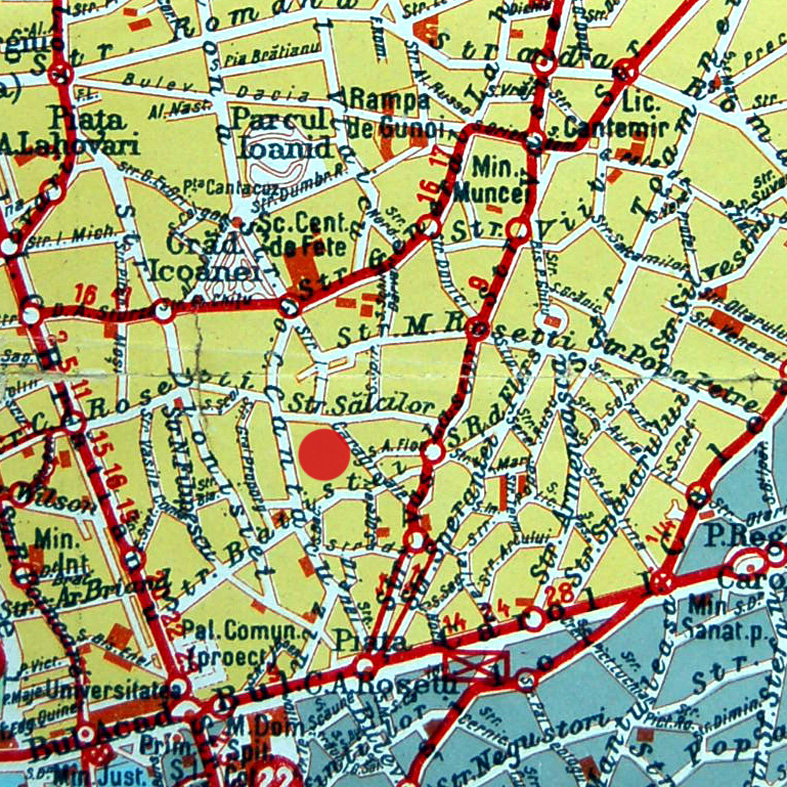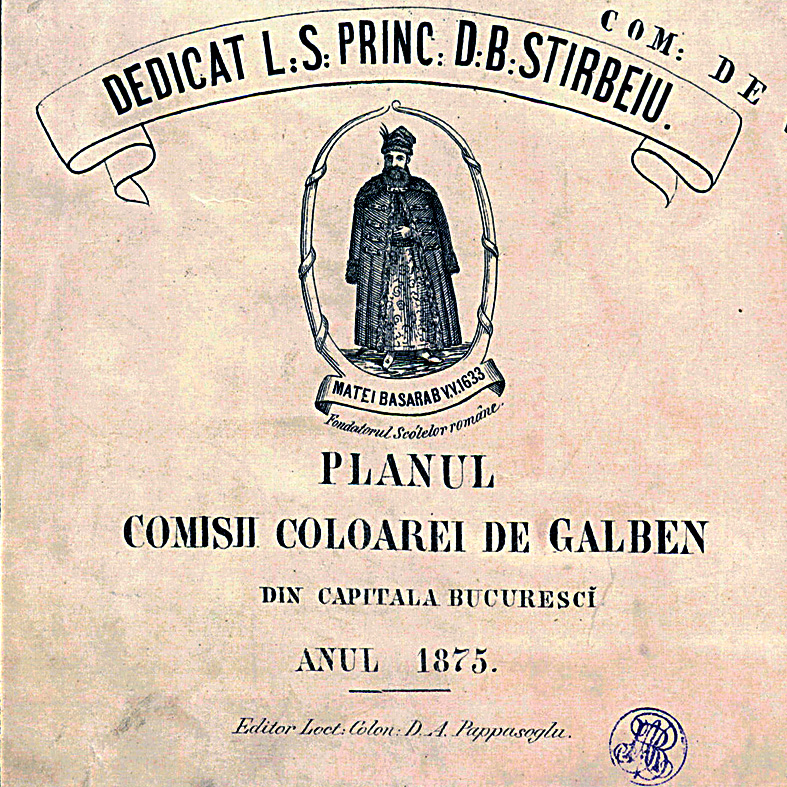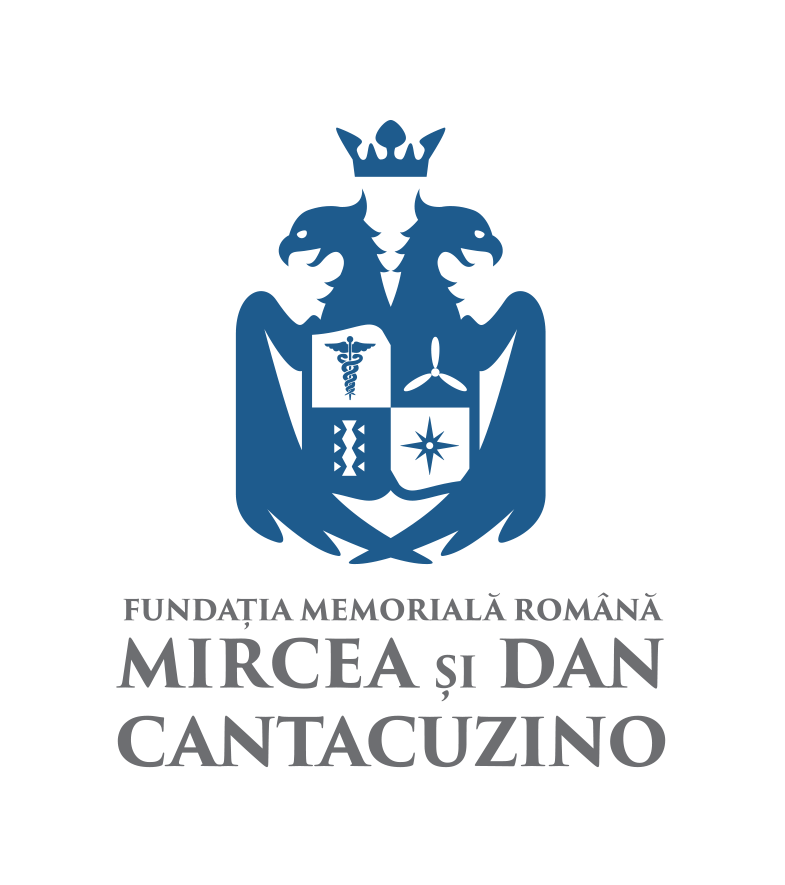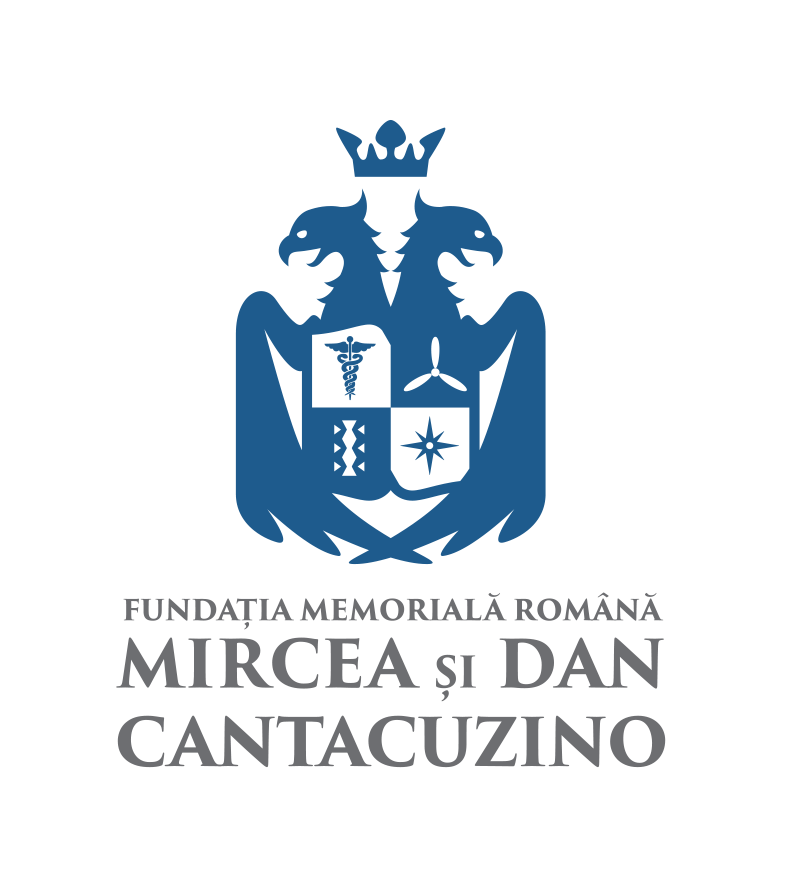For a long time, Bucharest did not have names for its streets or "alleys", as they were mentioned in documents until late, towards the last quarter of the 19th century, when modernization finally imposed the use of only the word "street". Street I.L. Today's Caragiale was formerly called Rotarilor.
The tradition of Bucharest was that, after centuries of lack of street names, when the streets were baptized, many of them bore the same names as other streets in other parts of the city. Strada Soarelui was in the center but it was also in the Manea Brutaru slum. There was a Rafael street in Dealul Spirii, but there was also one next to the Armenian church. The same was the situation of Rotarilor street, the name was also carried by another street in the area of Iancului and Oborului Nou de vite.
A street of Sălcilior also existed in today's Opera square, around 1899 when the space was still being considered for the location of the city's new central station. Then, all the important streets of Bucharest changed their names at least once, others too many times. Most of the streets around the house in Caragiale no. 11 have a different name today, the exception being Batiştei street.
OȘetari street had a spectacular name change. In 1856, today's Oţetari street was a street named Ionaşcu, while the name Oţetaru, the main artery of the slum, was carried by today's Vasile Lascăr street. Later we see that she was called Teilor and then became Vasile Lascăr. St. Spiridon Street became Maria Rosetti and its name was transferred to the adjacent "street" bearing the same name. Strada Sălciilor became Thomas Marasyk, then Iulius Fucik, so that today it has resumed the name of the first president of Czechoslovakia.
Tudor Street was renamed Crinului and then it became G-ral Praporgescu Street. Strada Ermitului got the name of Aaron Florian and then it was amputated, becoming today only a dead end, although originally it extended towards the Popa Rusu church through Martirilui Street (today Marin Serghiescu). And one of the longest streets of Bucharest in the middle of the 19th century, Polonă street, had perhaps the most fluctuating evolution of all.
It was part of Icoanei street, it had sections that were called Hagi Theodoraki (which continued on the former Harmony street that later became Italian) or Gogu Cantacuzino and later Alexandru Sahia. Today, from the long route of this street, which was originally called Sutzu, the section from Grădina Icoanei towards Ştefan cel Mare has remained with the name of Polonă, and the part of the street from Piaţa Cantacuzino to Boulevard Carol has taken the name of the Belgian journalist who fell in December 1989, Jean Louis Calderon.
Despite all these name changes and appreciation of the continuity of some of the streets (Rotarilor north of Sălciilor was once seen as an independent street with the name of Mancea) we can see that from 1789 the urban fabric was maintained until at least the interwar period even if in time was cut, widened and regularized. Over time, in this area, the once muddy streets with modest houses and scattered irregularly on the large and green lands have become some of the most attractive of the old Bucharest. At least that's what Frédéric Damé considered in 1906 when he listed a series of streets he indicated to be among the most beautiful, among them Batiştei and Salciilor.
Urban development eventually led to radical transformations in the interwar period, even if they came rather slowly. Thus, Rotarilor street was at one point pierced by a new street section that joined the two Rosetti streets - the former Clemenția became C.A.Rosetti and the former Sf. Spiridon became Maria Rosetti. The decision to establish such a communication was taken as early as 1912, but the city's interwar plans (from 1921, 1924, 1930) show that this option was implemented only in 1932-1933.
We must also add the improvement of communication in the city starting from 1871, when horse-drawn trams began to circulate in Bucharest. From the available plans it can be seen that the area was quite well irrigated with tram lines from the very beginning.
If in the 1880s, Tzigara Samurcaş tells us in his memoirs that he went to school on foot, like most Bucharesters, covering at least 1-2 km daily, in a few years there were already several options within walking distance of today's house in Caragiale 11 . All these changes made this neighborhood one of the most sought after and appreciated and, in less than 150 years, from a marginal area it was already perceived as an ultra central part of the city.


